Your cart is currently empty!
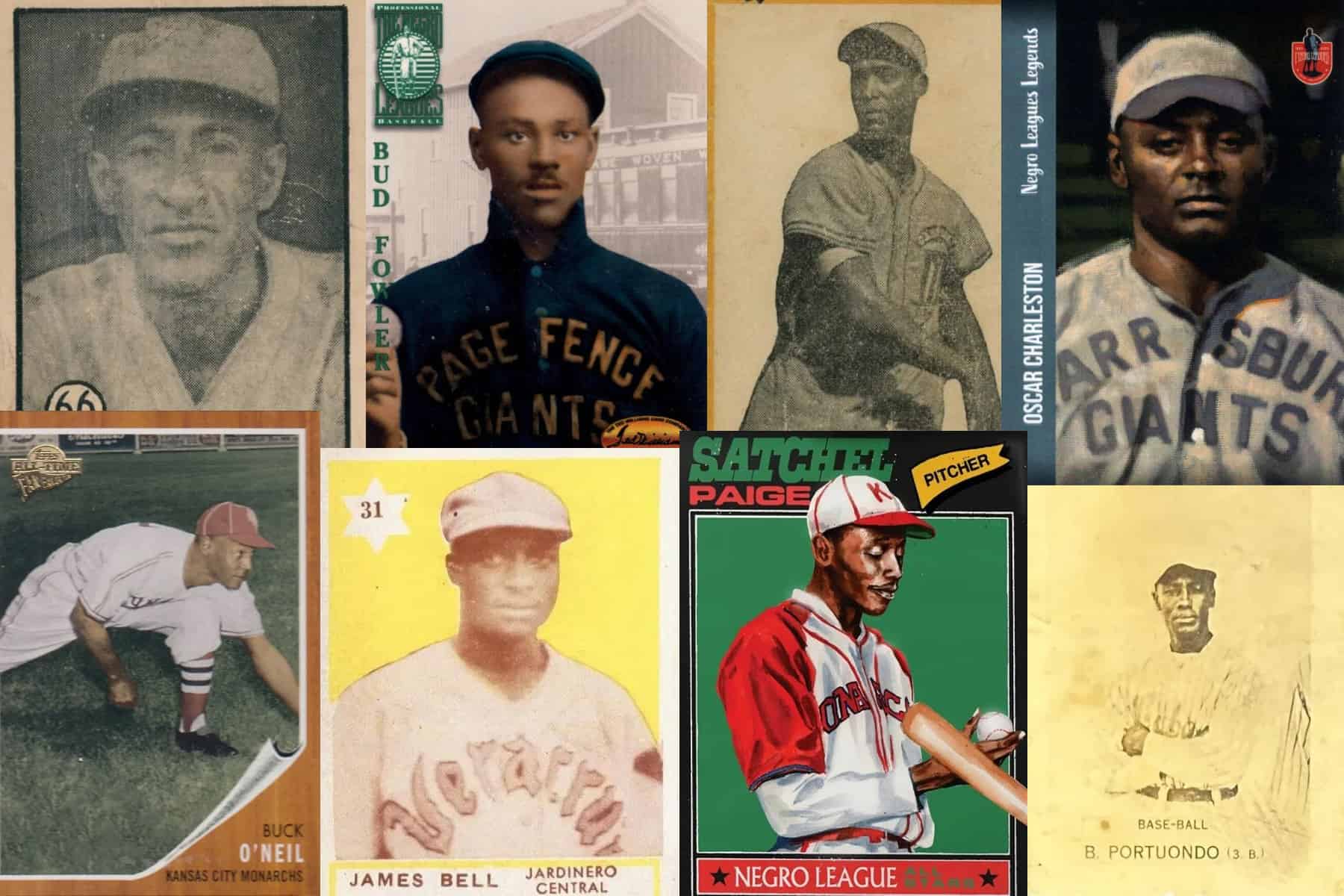
Baseball cards capture the legends and stories of America’s pastime. For quite some time, the rich tapestry of baseball history lacked the inclusion of the Negro Leagues. In these leagues, Black players thrived despite facing segregation, carving their own path to greatness. As time has passed, baseball fans have learned more about the Negro Leagues and began honoring those players. But what about Negro League baseball cards?
American companies did not produce official Negro League baseball cards. However, a captivating narrative emerges when we delve into the scarcity, international presence, and the contemporary efforts to honor these overlooked stars through trading cards.
Times of Segregation
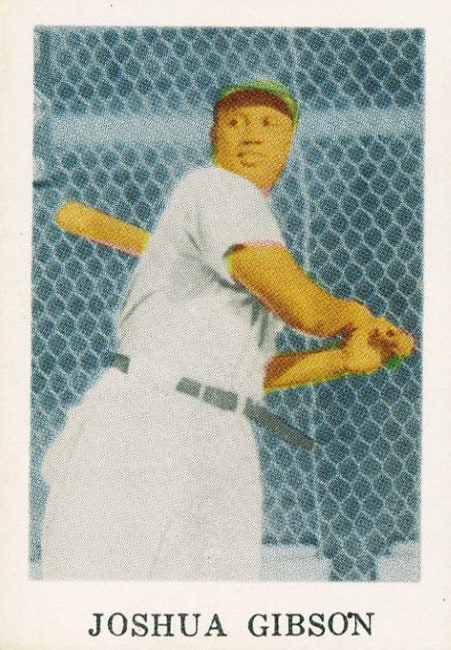
Between the 1880s and the 1940s, systemic racism prevented Black players from joining Major League Baseball. This prompted the creation of the independent Negro Leagues. However, mainstream card companies like Topps and Bowman remained silent, reflecting the discriminatory realities of the time. Limited resources within the Negro Leagues further prevented the creation of official cards, leaving a void in baseball card history.
While American companies stayed silent, several Latin American countries offered a glimpse into this hidden world. Cuba, Mexico, the Dominican Republic, and Venezuela, where segregation was less stringent, produced trading cards featuring Negro League players who participated in their leagues during the winter months.
Even after Major League Baseball desegregated, these countries continued to produce cards. Sets like the 1950 Toleteros, featuring Josh Gibson, offer a rare window into this era. While not official Negro League cards, they hold immense historical value. And, because Gibson never played in Major League Baseball, the 1950 Toleteros card is the only contemporaneous card depicting him in his playing days. Some collectors call it the “real holy grail” because of its scarcity.
Reclaiming the Narrative
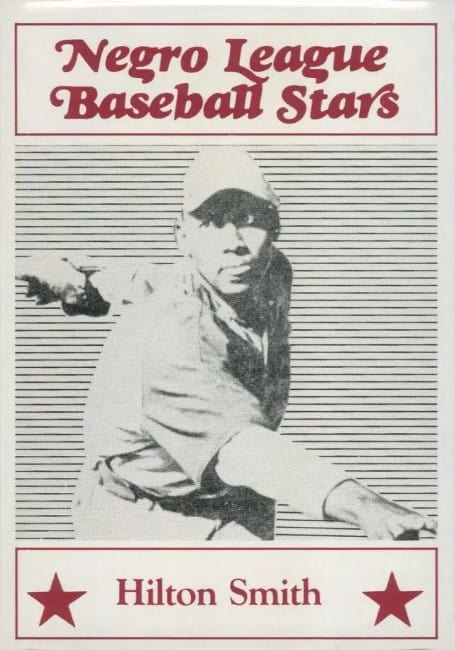
The 1970s witnessed a turning point, fueled by civil rights advancements and a rising appreciation for Negro League history. Card companies began issuing commemorative sets. Though not produced during their playing days, these cards played a crucial role in introducing forgotten heroes to new generations. New sets were instrumental in sparking collecting interest:
- 1974 Laughlin (Fleer) “Old-Time Black Stars”: Black and white cartoons of 36 players, including detailed bios on the reverse
- 1983 Donruss “Hall of Fame Heroes”: Color drawings by Dick Perez made this a highly sought-after, 44-card set
- 1986 Fritsch “Negro League Baseball Stars”: Larry Fritsch is a legend in the collecting hobby, and putting his name on Negro League cards helped to drum up interest in the history of the league and its players
- 1990 Eclipse “Stars of the Negro Leagues”: This 36-card set featured paintings of the league’s popular players
- 2001 Topps Series 2 “What Could Have Been”: This 10-card insert set was, surprisingly, the first time Topps depicted Negro League players on baseball cards
Negro League Baseball Cards Today
Today, the inclusion of Negro League players is no longer an exception, a rarity or an insert. Companies like Topps regularly feature Negro League legends in their sets, often incorporating historical designs and game-used memorabilia.
Digital cards with interactive features offer wider access to Negro League history. The MLB The Show digital collection, for example, featured in-game storylines augmented with a set of digital Negro League baseball cards. Additionally, partnerships like Topps’ collaboration with the Negro Leagues Baseball Museum produce educational content and initiatives connecting young fans to these heroes.
Collecting Negro League Baseball Cards
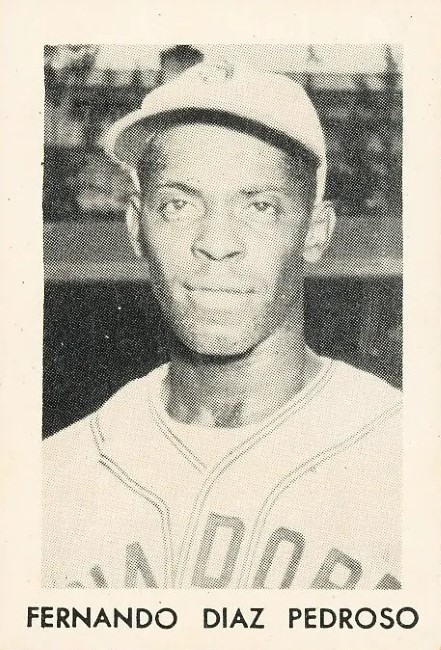
Collecting Negro League cards transcends mere nostalgia; it’s an act of historical recognition. Each card carries the weight of segregation, resilience, and remarkable talent. By collecting and cherishing these cards, we actively participate in preserving their legacy.
The growing market value of vintage Negro League cards does raise ethical considerations. While increased value reflects growing appreciation, it can also attract speculators, potentially overshadowing the historical significance. Responsible collecting and ethical sourcing are crucial to ensure these cards remain accessible for historical study and appreciation.
Your Turn: Learn About the Negro Leagues
As we celebrate Black History Month, we encourage you to research the Negro Leagues. Find a player that you really like – maybe it’s their stats, or their biography, or anecdotes about them. Then, find a baseball card or photo of the player and add it to your collection in recognition of the Negro Leagues and its players. To get you started, here are some players:
Check out the Negro Leagues players in the National Baseball Hall of Fame
Negro League Pitchers
- Rube Foster: A dominant pitcher and influential manager, played a key role in establishing the Negro National League and is celebrated as one of the greatest minds in Negro League baseball.
- Satchel Paige: A legendary pitcher with unmatched talent and showmanship, Paige was famous for his blazing fastball and a vast array of pitching techniques that baffled hitters.
- Hilton Smith: A dominant pitcher with pinpoint control and a devastating curveball, Smith was a key figure on the mound for the Kansas City Monarchs, contributing to multiple championship victories.
- “Smokey” Joe Williams: Known for his exceptional fastball and dominant performances on the mound, Williams had more innings and strikeouts than any other Negro Leagues pitcher.
Negro League Hitters
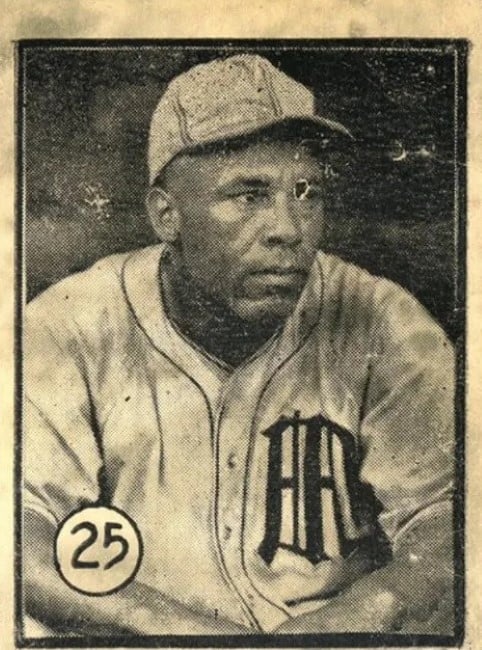
- “Cool Papa” James Bell: Known for his exceptional speed on the basepaths, “Cool Papa” Bell was one of the fastest players in baseball history.
- Ray Dandridge: Renowned for his defensive prowess at third base, Dandridge was a skilled infielder with remarkable agility and reflexes.
- Josh Gibson: Revered as the “Black Babe Ruth,” Gibson was a legendary power hitter with incredible strength, smashing numerous home runs during his career.
- William “Judy” Johnson: A skilled third baseman known for his defensive mastery and clutch hitting, Johnson was a consistent performer and a key player on multiple championship-winning teams.
- Buck Leonard: Recognized as one of the premier first basemen in Negro League history, Leonard was celebrated for his powerful hitting and defensive excellence.
- John Henry “Pops” Lloyd: A versatile and intelligent player, “Pops” Lloyd was revered for his exceptional skill both offensively and defensively, earning him the nickname “Black Honus Wagner.”
- Buck O’Neill: A charismatic and beloved figure in baseball, O’Neill was a talented first baseman and manager, renowned for his leadership and passion for the game.
Conclusion
This glimpse into the world of Negro League baseball cards is just the beginning. From the international intrigue of early cards to the modern movement for inclusive representation, it’s a narrative filled with lessons and untold stories.
As collectors, fans, and storytellers, we must continue exploring this rich history and ensure that the heroes of the Negro Leagues finally receive their rightful place in the baseball card spotlight. Let’s go beyond collecting and actively share these stories, ensuring that these cards become catalysts for understanding and appreciating the full, diverse tapestry of baseball history.
Tags:
Share:
